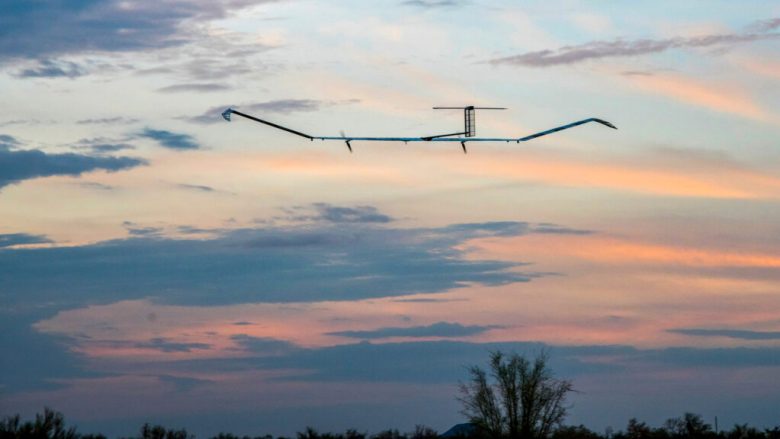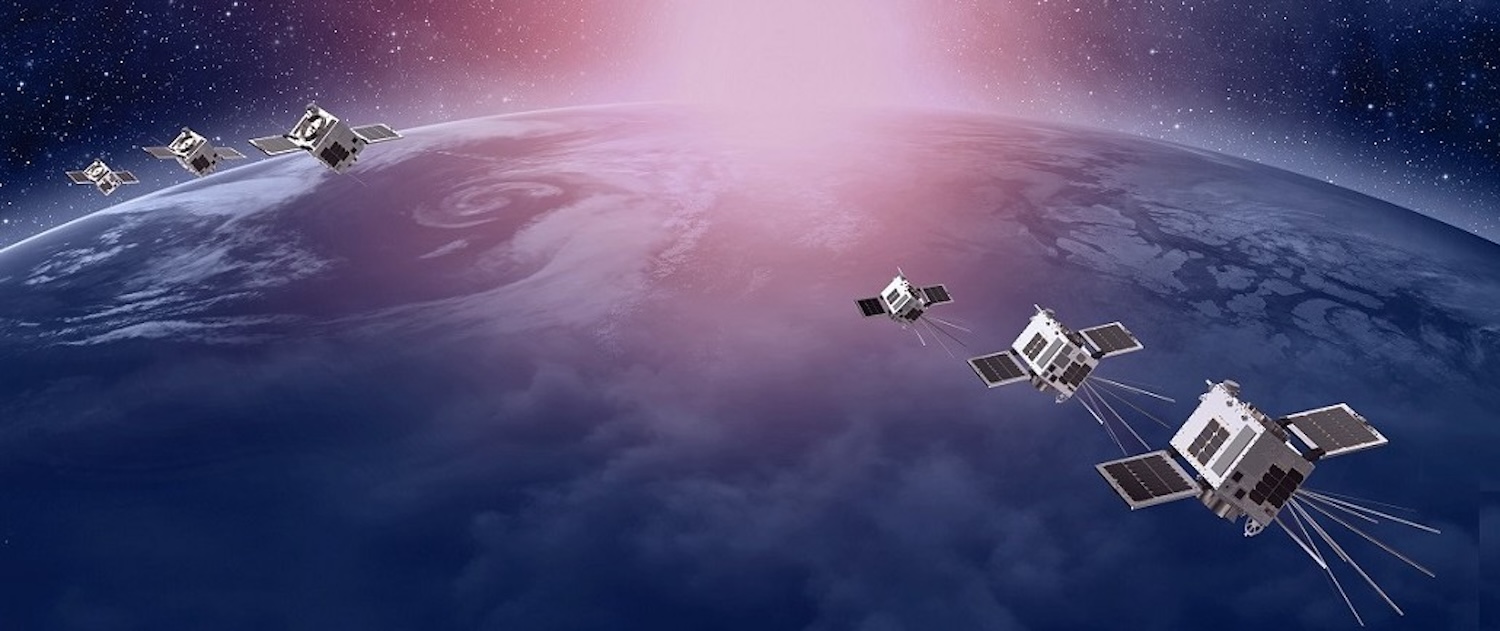The utility of space-based services and information is beyond reproach, as reflected in the increasing demand for space services on the part of Earthlings. So great is the demand that space systems are being (or already have been) integrated into all manner of Earthly functions, from driving directions to military operations. Few of those familiar with the space economy would doubt how increasingly critical it is to our life on terra firma. With that critical status comes demand, and with demand comes opportunity.
Inside the space community, discussions about space critical infrastructure have also been on the rise. For years, the question of whether space would become the 17th United States critical infrastructure or not has been hotly debated, but there are not simply two doors to choose. Previously, I proposed the idea of not designating space as the 17th terrestrial critical infrastructure sector and instead creating a space-specific critical infrastructure model. This is an opportunity for the space industry to define the assets and functions that are most critical to its success in low-Earth orbit (LEO) and beyond, rather than becoming subject to a framework designed for ground activities.
Opening space to commercial innovators led to an explosion in new technologies, from reusable rockets to commercial satellite imagery to data processing on the ground. But the policy environment must catch up as investors look to capitalize on the next round of economic opportunity in space. The organization of a space-specific critical infrastructure model, as proposed in my previous articles, is not only necessary for incident response and the protection of our space assets, but it is also a crucial means to help investors and innovators on the ground build the space economy beyond the initial phase we find ourselves in today. While the flurry of innovations thus far has been impressive, there is much farther to travel and much more opportunity for value creation. Before that can happen, designations for space critical infrastructure must provide the framework for growth.
A gold rush to LEO
In the opening salvo of the commercial space economy, many companies sought to establish themselves in some form of operations in LEO. Some companies chose launch, some chose commercial satellites, others chose processing data on the ground and making those tools accessible broadly. An army of other companies chose to make components for those other ventures, and many have enjoyed great success. As a result, we’ve seen the most rapid growth in satellites in orbit in human history. The skies are getting more crowded as new market entrants seek value from the LEO market. Companies that found their specialization in this area capitalized on the abundance of investment dollars. This piece of the space economy is well understood by users and investors on the ground and is producing economic value today.
It’s also the one region of space that has the most direct and immediate impacts on humans on the ground. An Earth observation satellite may be used for weather or disaster response or military purposes but, at heart, it is there to be directly used by humans. The same is true of satellite communications, television, internet and other direct to consumer space-based functions. Once past LEO, the direct applications of space activity become less apparent to the average Earthling — but becomes no less beneficial. LEO has been an excellent region for the commercial space industry to cut its teeth, but to take the next step will require a framework that explicitly lays out functions and industries that are the most critical to the continued safe operation of space assets. The identification and organization of those functions into a space-specific critical infrastructure model will give investors a better understanding of the value of investment beyond LEO — and give innovators specific requirements to design for.
The importance of critical infrastructure domains
In a previous article, I laid out potential critical infrastructure sectors that are specific to space operations. I also provided a list of six domains (LEO, MEO/GEO, Cislunar, Planetary, Interplanetary, Interstellar) that correspond with the distances from Earth but also the dynamics of space operations in those regions. Whereas a power generation plant in Arizona is (for the purpose of the energy critical infrastructure sector) treated the same as a power generation plant in Wyoming, the varied distances from Earth at which space operations might be conducted necessitate treating assets in different regions of space differently. For practical purposes, the domain model creates important distinctions for operators of assets in those regions. However, the domain model also creates the framework for an economic model that can motivate investors and drive innovation.
Terrestrial critical infrastructure is in place to accomplish two overarching goals:
- Delineate those functions that are so critical to our security and economy that a disruption would cause grave risk.
- Organize the resources that would respond to an outage to minimize the impact of a disruption.
In space, both of those are equally true, but the practicalities of managing critical infrastructure will differ, since what is critical in space is not necessarily the same as what is critical on Earth, and since responding to outages in space is likewise not the same. Yet, there is a third factor that makes space critical infrastructure an imperative: the economic framework it provides.
The space economy, as we understand it today, is still young and in a critically important annealing phase. As the market matures, it will choose specific firms. Some will fold, and others will begin to work on the next disruptive technologies that will begin the cycle again. By contrast, our terrestrial economy has thousands of years of history, scholarship and lived experience behind it. The space economy is growing quickly while it is maturing. This phase would benefit greatly from a framework of specific functions that are recognized as being critical for continued safe activities in space, both in LEO, where most activity is focused today, and especially beyond. Developing a robust space economy means looking beyond LEO to farther domains of space operation and setting the same priorities in cislunar, interplanetary, and interstellar space.
Sustaining the space economy
LEO is already crowded. It is physically crowded, and it is figuratively crowded with market entrants seeking value in the region. There are already plans for semi-permanent habitations on the moon (cislunar domain) and missions to Mars (interplanetary domain). In the U.S., there is already a law on the books permitting American companies to mine materials in space and return them to Earth. Given the presence of Helium-3 (which is more valuable by weight than gold) and other minerals in lunar regolith and on nearby asteroids, the idea that humans will break beyond LEO and enter two additional domains in the coming years is not far-fetched. There is a small subset of companies that are working on technologies for lunar habitations and some working on space mining technology. Those are wonderful pursuits, but we need to spur a gold rush in cislunar and interplanetary space the same way we have in LEO.
If we hope to grow the space economy beyond LEO, we will need a critical infrastructure model that clearly communicates functions and technologies that are the most important to move to the next domain of operation. This will guide innovators in a way that does not overly influence the direction of the economy, but gives it the framework it needs in this moment of industry maturation. It will also give investors confidence that deploying capital into companies that are working on technologies aligned with the space critical infrastructure model is worthwhile, because that alignment means that the space industry views these pursuits as critically important, particularly when it comes to achieving potentially high yield activities such as lunar or asteroid mining that might otherwise seem too far afield to realize significant returns.
Designating space-specific critical infrastructure is not only the best way to protect space-based assets and functions that are increasingly integrated into our lives, but also a way to vector the space economy beyond LEO. We’ve seen the gold rush for LEO, and it is time to catalyze the next gold rush into the next domain. My critical infrastructure model provides a method to move the space economy toward growth without burdensome regulation. The next phase of the space economy’s growth will generate significant alpha for those who understand what is necessary to make those plans a reality — and space critical infrastructure answers that call.
Nick Reese is the co-founder and COO of Frontier Foundry, a data and artificial intelligence company based in Washington. He was the director of emerging technology policy at the U.S. Department of Homeland Security from 2019 to 2023.



